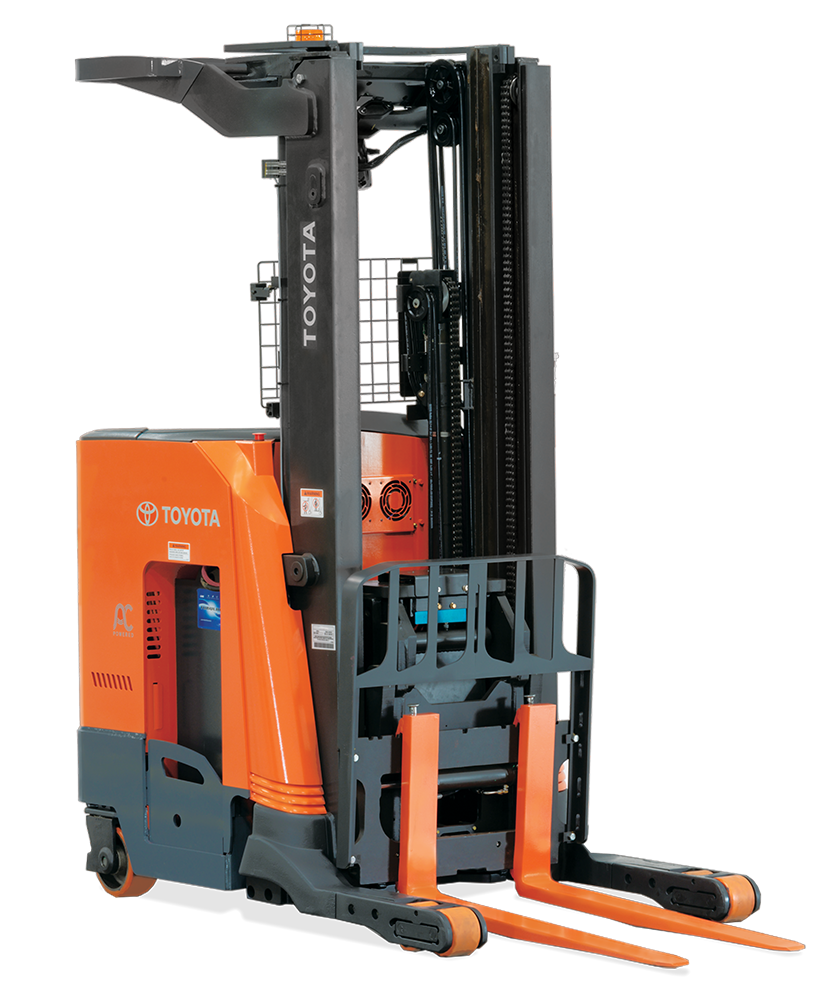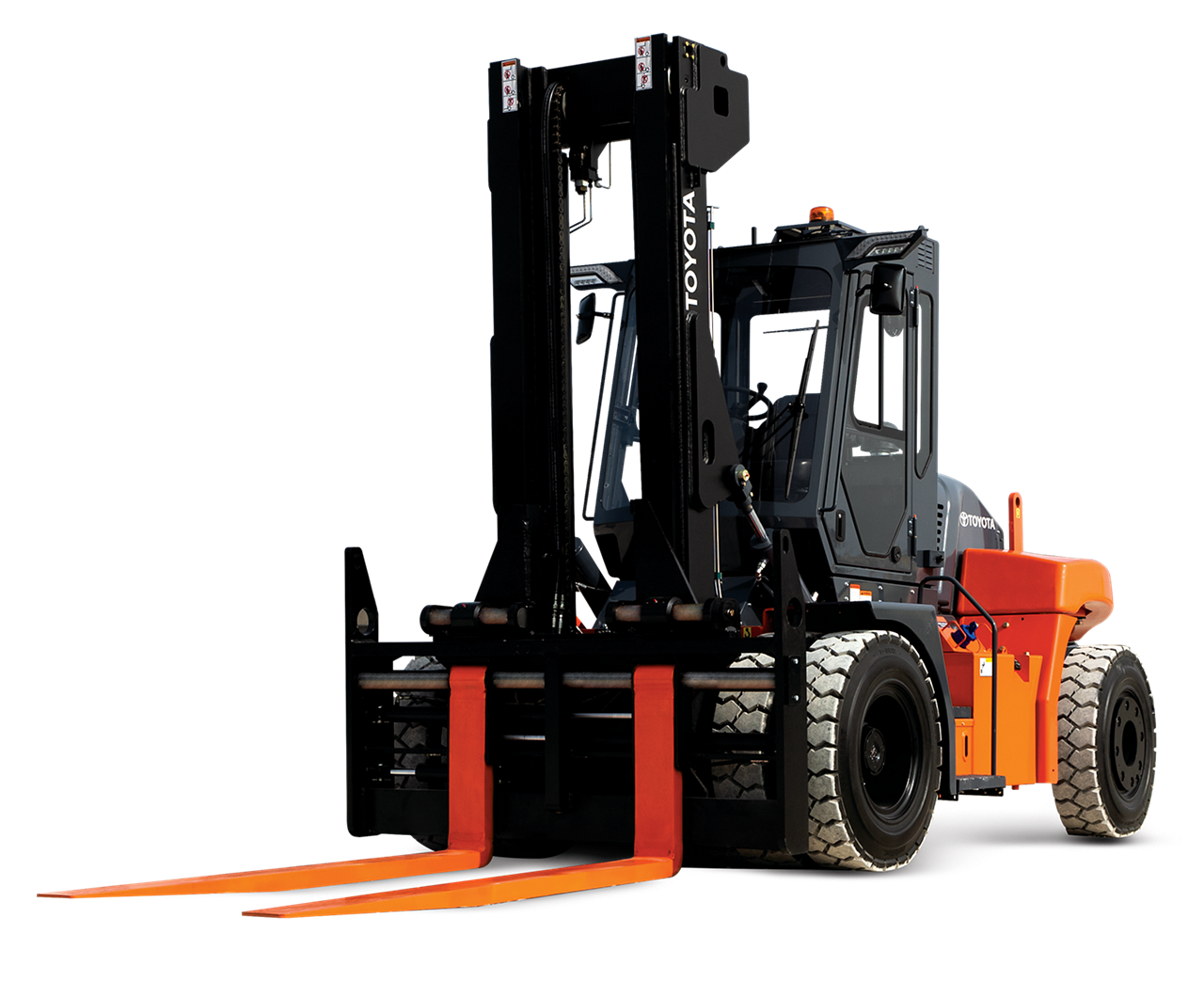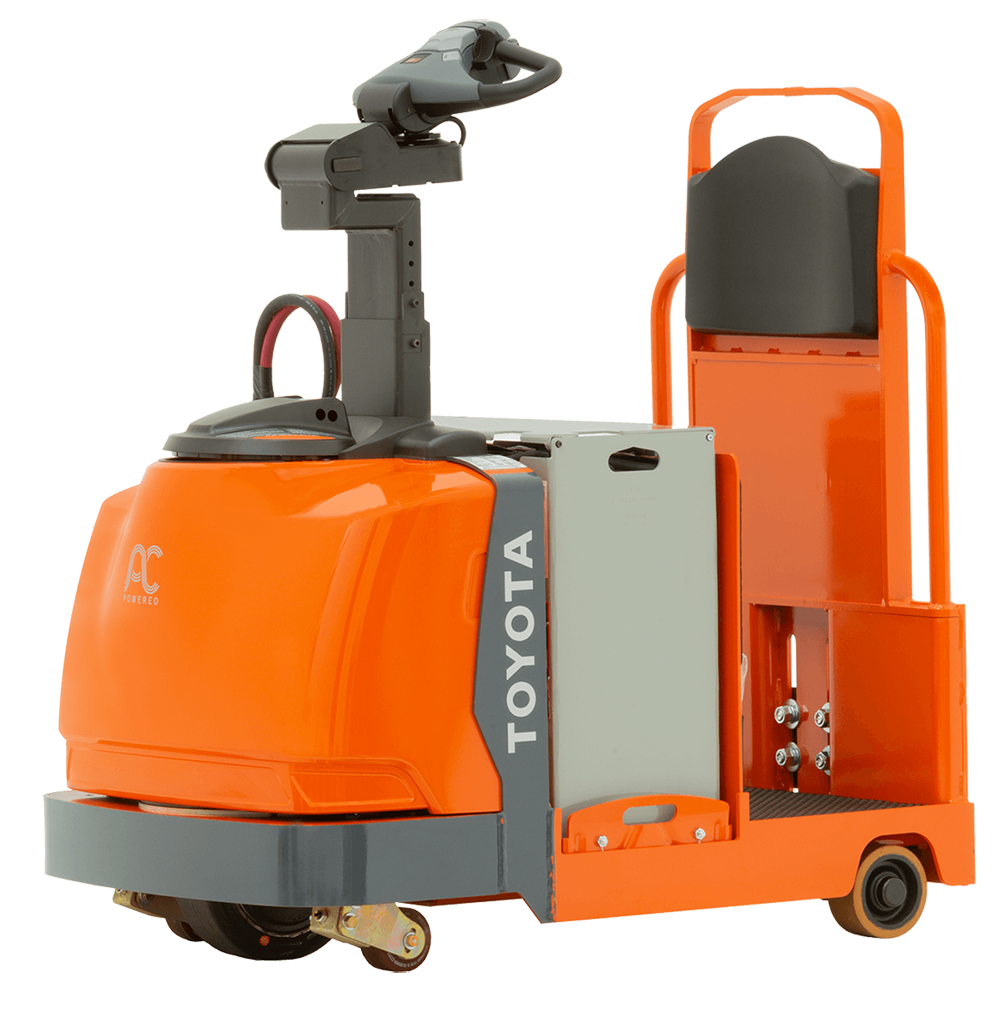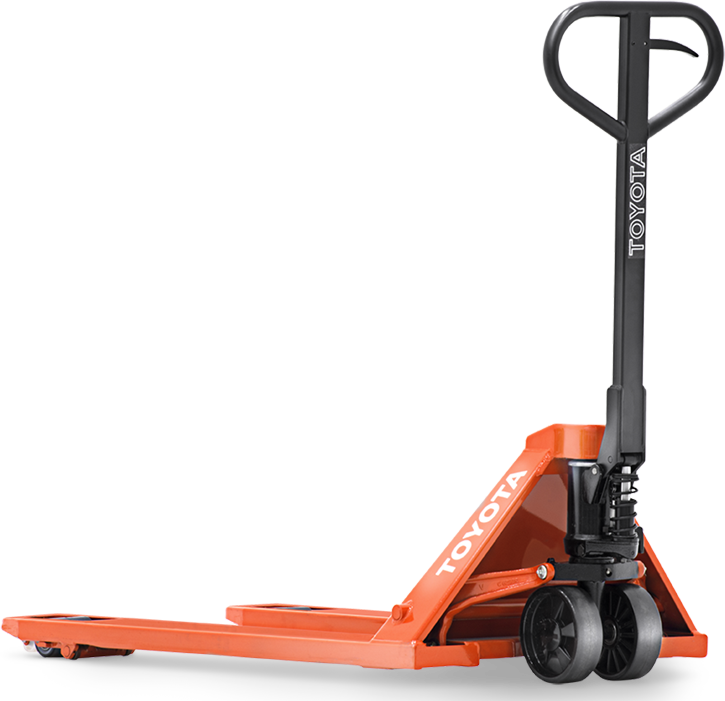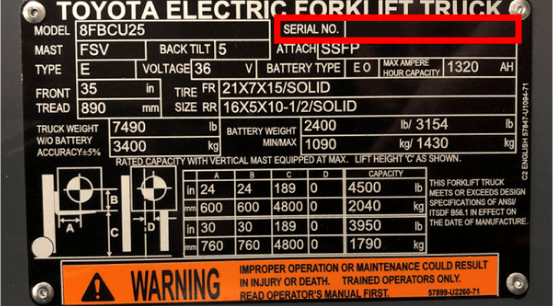Please click below to sign in to your MyToyota account
Adapting To Changing Needs In Marina Dry Boat Storage

Trends and perceptions of boat storage in marinas are shifting. Not long ago, the go-to storage method in marinas and boatyards was slip storage, where occupants were paying for water storage year-round even when their boats weren’t in use. For marina owners and operators, this was a practical and economical option as dry storage racking for boats and the facilities to house that racking became associated with heavy costs.
But in its annual survey of marina dock owners and operators in 2017, Marina Dock Age found that 45.8% of operations reported an increase in revenue from dry boat storage and another 46.7% had similar revenue compared to 2016. That revenue trend is seeing an increasing demand for dry storage, a trend that’s indicative of a changing perception about acceptable ways to store boats when not in use. Dry storage gets boats out of harsh weather environments like the cold and the sun (that can cause fading) when not in use. And new facility upgrades are being reported as better at withstanding hurricane-like conditions.
The trend toward dry boat storage comes with material handling complications unique to the industry. With the increased handling of boats to move them in and out of the water, the need for expanded storage space to respond to increasing demand, and the challenge of staying technologically advanced, dry storage material handling requires the right facilities and tools to provide the best overall value to your customers. Using a marina forklift for your needs is a valuable option for handling boats in your dry storage facility. These are just some of the considerations to take into account when selecting equipment to assist you in dry boat storage applications.
Function And Touches
Long considered one measure of success for a wide variety of material handling operations, reducing the number of “touches” of any product leads to increased efficiency and success. In the marina industry, dry boat storage inevitably leads to increased touches as vessel owners ask that their boats be moved to and from storage, a burden on efficiency that is accepted because of the advantages this storage approach presents. However, that doesn’t mean you should throw efficiency out the window. With the right marina forklift, you will be able to remain highly efficient even as handling needs increase.
Start by selecting a marina forklift with a negative lift like that found on the Toyota High-Capacity Marina Forklift. A mast with a negative lift will allow you to lower boats into the water and raise them out quickly and efficiently to match your occupants’ demands. Operators won’t have to move between pieces of equipment, move the boat into position, and then have it lowered by a crane. This means a smoother operating process that requires less movement between pieces of equipment and less time wasted not handling boats.
Responding To Increased Space Demands
To match the reported increase in dry storage revenue, Marina Dock Age also found that new construction costs were increasing for marina owners in 2017, an unsurprising trend considering that facility expansion to match changing demands is always an expenditure. Of course, buying property and expanding the floor space of storage facilities is expensive. So how can marinas control the cost of expansion? The answer, as it so often is in material handling, is to stop thinking wider. Instead, think higher.
Advances in the structural integrity of dry boat storage racking mean that you can stack higher. In doing so, you’ll need stacking equipment that can reach above the two or three tiers of previous dry storage facilities. The two-stage mast on the Toyota High-Capacity Marina Forklift allows for just such stacking, and the customized build of your operation’s forklift can mean the forks will be able to handle whatever boat size is required in your specific facility.
Advanced Technology Leads To Success
For operators in dry storage facilities, tight racks and narrow slips where boats are being moved in and out provide unique challenges that require expert precision. Luckily for operators, advances in technology can help to facilitate success in this application. These include Toyota’s MD4 display that gives real-time, onboard digital access to helpful tools such as an estimated rack height calculator and a backup camera, allowing you to operate the forklift more efficiently and productively.
When it comes to precision in tight facilities, the option to get off of the forklift and control it remotely is becoming a requirement for operations that want to be the most efficient facility in their respective regions. The Toyota High-Capacity Marina Forklift offers just this type of flexibility, as its optional wireless remote control gives operators the ability to make precise movements while off-board. With the length of boats offering a visibility challenge, you can walk out to check placement in relation to the water or objects in the facility to make sure it’s placed properly to avoid damage.
Demand for dry boat storage is increasing, and facilities that invest in capital equipment to meet this increasing demand will be well-positioned to increase their revenue in the long run. Before investing, be sure that you’ve selected the right forklift, with the right long-term partner, for your success.




